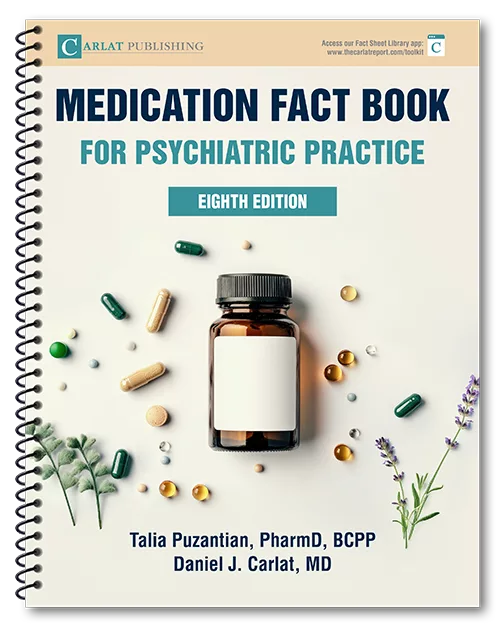Mania and Corticosteroids: Beyond Bipolar Disorder
Sy Clark, MD. Dr. Clark has no financial relationships with companies related to this material.
REVIEW OF: De Bock M and Sienaert P, World J Biol Psychiatry 2024;25(3):161–174
STUDY TYPE: Systematic review and meta-analysis
Sussing out steroid-induced mania and hypomania can be tricky—as can treating them. How prevalent are they? Who is at risk? And how do we best manage steroid-induced manic and hypomanic symptoms? De Bock and Sienaert performed a systematic review and meta-analysis, and summarized their answers.
They found 10 prospective studies, 3 retrospective studies, 31 case reports, and 3 case series published through early 2023. The total population of 1,256 adults was about 60% female, with an average age of 44. All but one study mentioned prednisone, prednisolone, or methylprednisolone; other included steroids were cortisone, hydrocortisone, dexamethasone, and fluocortolone.
A weighted average of the population studies yielded an incidence rate of 3.25% for steroid-induced hypomania or mania, which were the most common psychiatric side effects of steroids. Steroid doses above 40 mg/day were most likely to cause (hypo)mania, but even doses as low as 2.5 mg/day were implicated. These symptoms mostly occurred within the first days to two weeks after starting steroids. Route of administration, psychiatric history, and sex were not found to be risk factors, but long-term steroid treatment, young or advanced age, and a family history of bipolar disorder or psychosis were. Physiological risk factors included hypoalbuminemia and higher serum levels of corticosteroids.
The first treatment for steroid-induced hypomania or mania is reducing the steroid dose to less than 40 mg/day of prednisone equivalents, and gradually stopping the dose entirely, if possible. If this is not feasible, or if symptoms persist, recent studies recommend using atypical antipsychotics as first-line therapies. Evidence favors olanzapine and risperidone and suggests that lithium can be used both as treatment and prophylaxis.
CARLAT TAKE
It’s not ethical to study steroid-induced side effects via RCTs, so this admittedly heterogeneic evidence is the best we have. Collectively, it suggests we should be vigilant for symptoms in both younger and older patients who are taking higher doses of steroids for longer periods of time. Consult with steroid prescribers to collectively balance their risks and benefits, and if reducing or stopping them isn’t possible or doesn’t work, consider brief treatment with an antipsychotic or lithium.
Newsletters
Please see our Terms and Conditions, Privacy Policy, Subscription Agreement, Use of Cookies, and Hardware/Software Requirements to view our website.
© 2025 Carlat Publishing, LLC and Affiliates, All Rights Reserved.


_-The-Breakthrough-Antipsychotic-That-Could-Change-Everything.webp?t=1729528747)



